Get started with juicing with these Easy Juice Recipes! They're great for beginners, packed with nutrients and super simple to make at home.
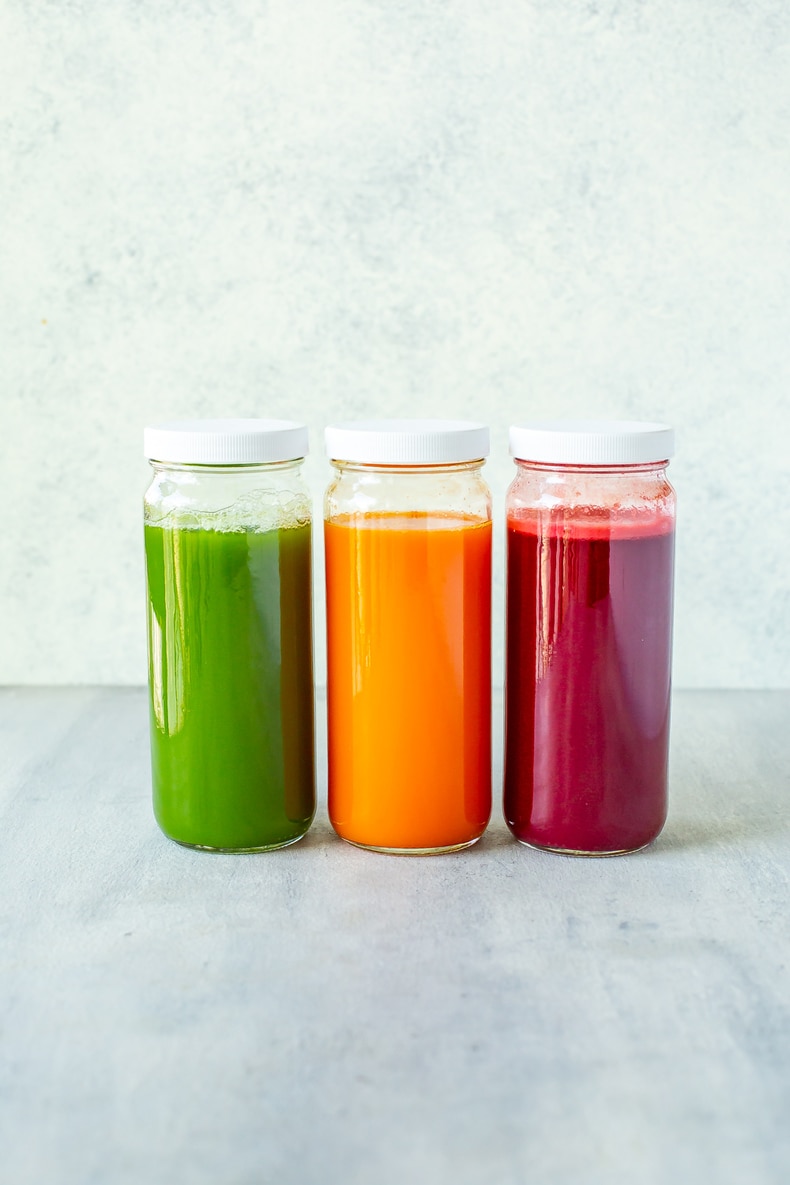
Buying those bottles of cold-pressed juice gets expensive, so I thought it was about time I made my own. I don't know about you but I always have some veggies in the fridge about to go bad and I love using them up with my juicer!
Why You'll Love These Juices
- Super healthy: They're packed full of nutrients and are a great way to get your veggies in.
- Easy to make: All you need is a juicer and you can make your own at home!
- Endless combinations: Use whatever you have in the fridge to reduce food waste.
How to make cold pressed juice
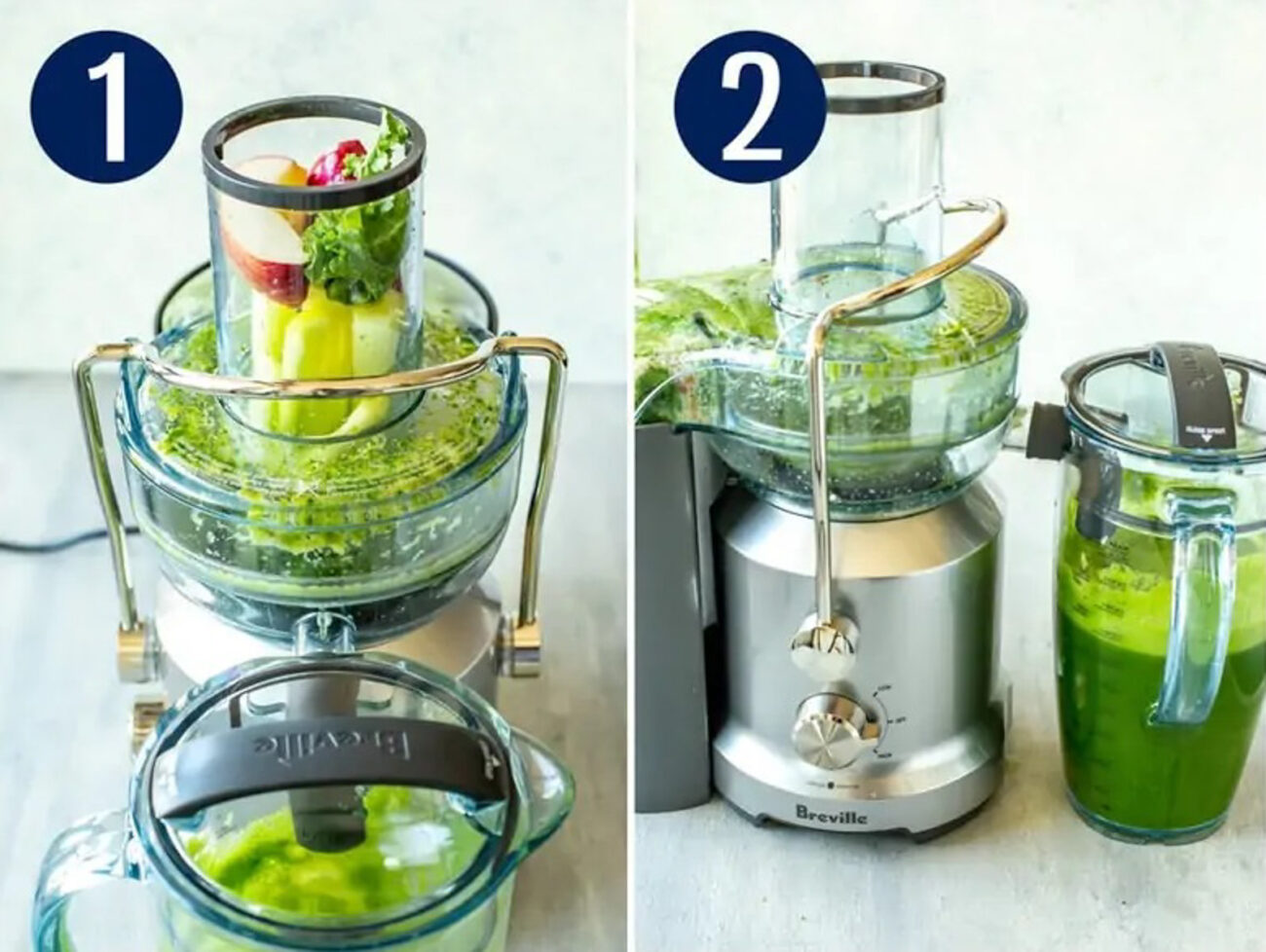
Step 1: Prep your produce.
Wash the produce and trim away any ends.
Step 2: Feed it into the juicer.
Slow feed the produce into the feed chute.
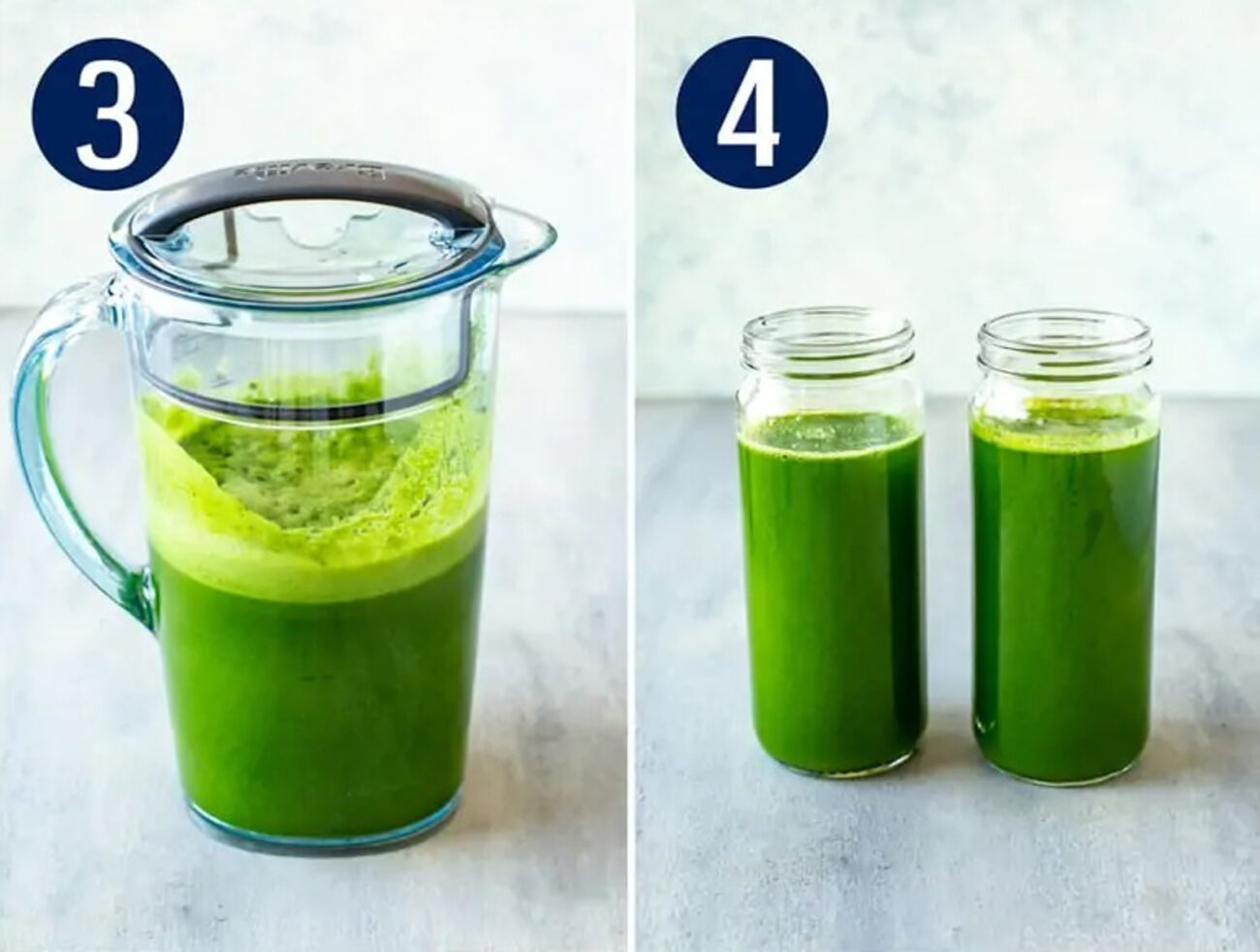
Step 3: Remove the pitcher.
Once the juicing is done, remove the pitcher.
Step 4: Serve or store.
Enjoy immediately or store in glass containers.

My Favourite Recipes
I rounded up some of my favourite cold pressed juices. Feel free to mix and match with different fruits and vegetables until you find a combination you love!
Green Juice
- Kale – or another dark leafy green like spinach.
- Celery – cucumber would also be good here.
- Apple – use any kind of apple of your choice.
- Lemon – you could also try using lime.
- Ginger – use dried ginger powder or leave this out if you don’t have any on hand.
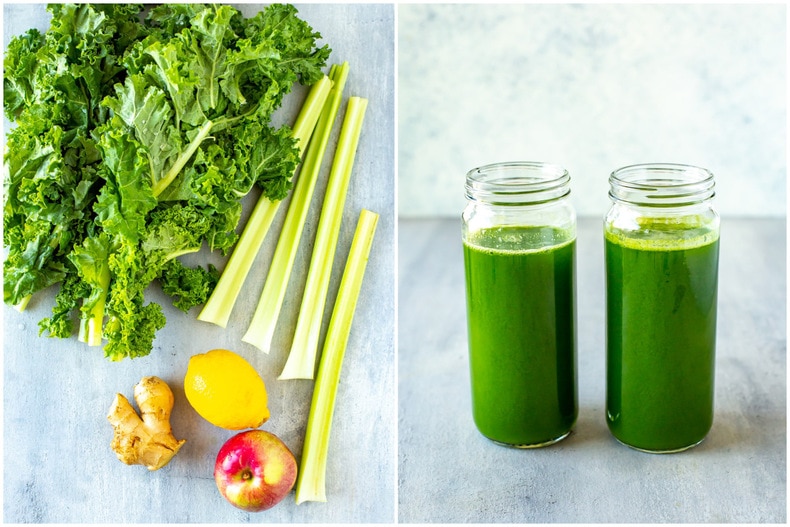
Beet Juice
I have another beet juice recipe that you can try but this is another version:
- Beets – buy pre-cut beets at the grocery store to cut down on prep time.
- Carrots – substitute for another vegetable of your choice or add more beets instead.
- Celery – cucumber would also be good here.
- Apple – use any kind of apple or swap out for another sweet fruit.
- Ginger – use dried ginger powder or leave this out if you don’t have any on hand.
Carrot Juice
- Carrots – substitute for another vegetable of your choice.
- Orange – substitute for another fruit of your choice.
- Frozen pineapple – canned or fresh pineapple would also work.
- Ginger – use dried ginger powder or leave this out if you don’t have any on hand.
- Fresh turmeric root – substitute for 1 tsp dried turmeric instead.
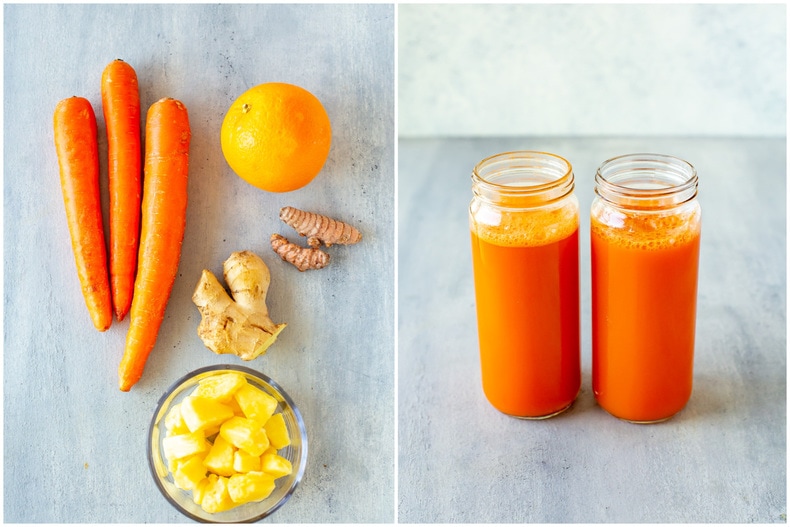
More juice flavours
Here are some ideas of fruits and veggies you can juice to make delicious and nutritious healthy juice recipes:
- Greens: Kale, spinach, cabbage
- Fruits: Apples, pears, citrus, berries, kiwi
- Vegetables: Tomatoes, bell peppers, squash
- Hydrating: Cucumber, melon, pineapple, grapes
- Roots: Beets, celery, ginger, turmeric, parsnips
- Herbs: Mint, wheatgrass, basil, fennel
Frequently Asked Questions
What's the best kind of juicer to use?
I use the Breville cold press juicer to make all my fresh juice.
What do you do with the pulp?
You can use throw out the pulp or use it to make pulp crackers, vegan pesto or juice popsicles.
What is the 80/20 rule for juicing?
The 80-20 rule for juicing recipes means using 80% vegetables and 20% fruits for the best mix of nutrients. You don't have to follow it exactly, it's just a general rule of thumb!
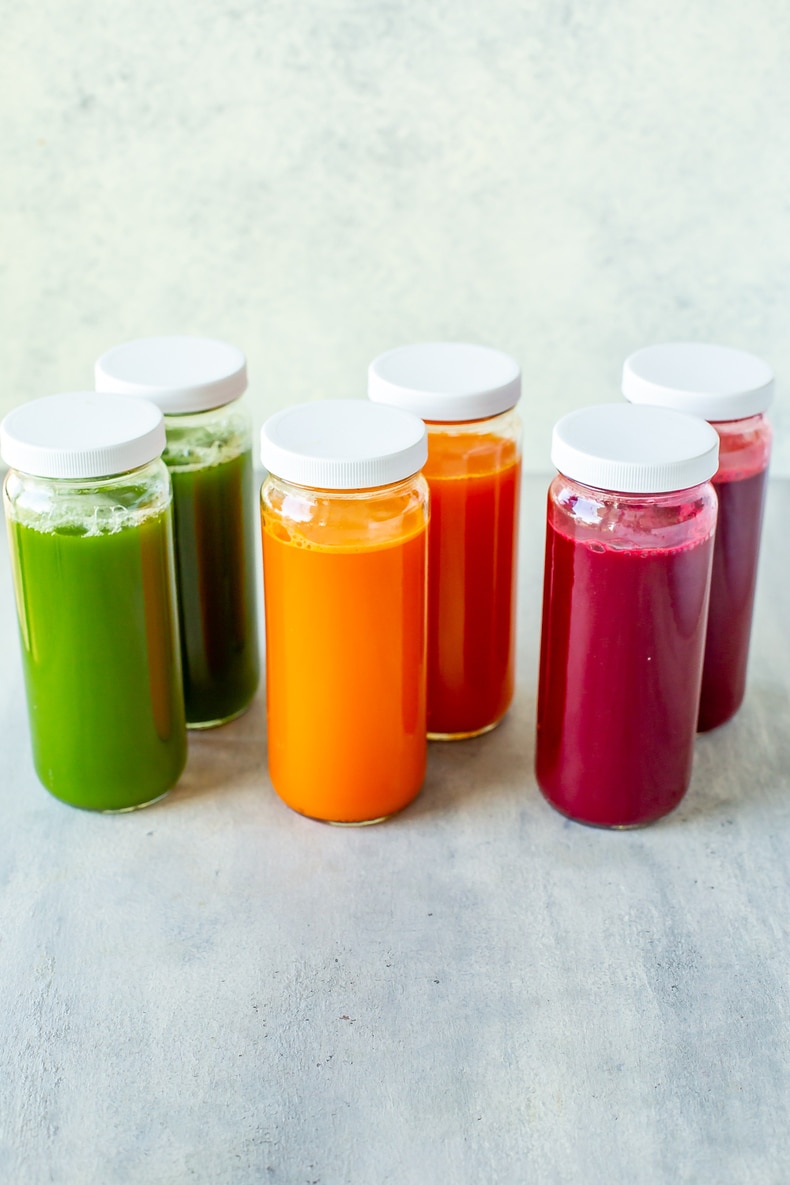
Storage tips
- Store in the fridge for 3 days in a tightly sealed glass bottle.
- Store in the main part of the fridge (not the door) towards the back.
- Add lemons, limes, oranges or cranberries to extend the life of your juice.
Meal prep tools
- I use the Breville Cold Press Juicer.
- Get similar cute juice containers here.
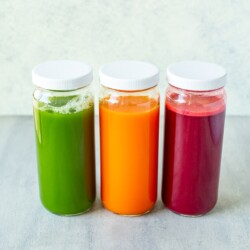
Easy Juicing Recipes for Beginners {Cold Press Juice}
Ingredients
Green Juice Recipe
- 1 bunch kale washed well
- 8 stalks celery washed well
- 1 apple any variety
- 1 lemon peeled
- 3 inch piece of ginger
Beet Juice Recipe
- 4 large beets washed well & trimmed
- 4 carrots washed well
- 6 stalks celery washed well
- 1 apple any variety
- 3 inch piece of ginger
Carrot Juice Recipe
- 8 carrots washed well
- 1 orange peeled
- 2 cups frozen pineapple defrosted
- 2 inch piece of ginger
- 6 pieces fresh turmeric root or 1 tsp dried turmeric
Instructions
For any of the above juice varieties
- Assemble all fruits and vegetables listed under the desired heading (eg add all ingredients under the green juice heading if you'd like to make the green juice recipe). Wash produce well to remove any soil, trimming the ends/leaves off of beets and carrots, and removing any apple stems or citrus peels.
- Add a pitcher or container under juicer spout. With the motor running, place produce bit by bit into the feed chute of the juicer, using the food pusher to gently and slowly guide the produce down. The slower you go, the more juice you will get. I use the Breville cold press juicer linked to above this recipe card.
- As fruit and veggies are processed, juice will flow into the pitcher, and the separated pulp will accumulate in the pulp container. If you'd like to make more than one juice, rinse the feed chute, filter bowl/basket and dispose of juice pulp before starting again with another juice combo.
- Once juice of choice has been made in your pitcher, you should end up with approximately 600-800 mL (20-27 fl oz) of juice concentrate. Because this is a concentrate, I usually add another 4 cups of water to the pitcher and then divide the pitcher among four 16 oz glass bottles. You are welcome to divide the juice concentrate by 4 servings without adding water and enjoy that way as well.
- Juice will keep up to 3 days in a sealed container in the fridge.
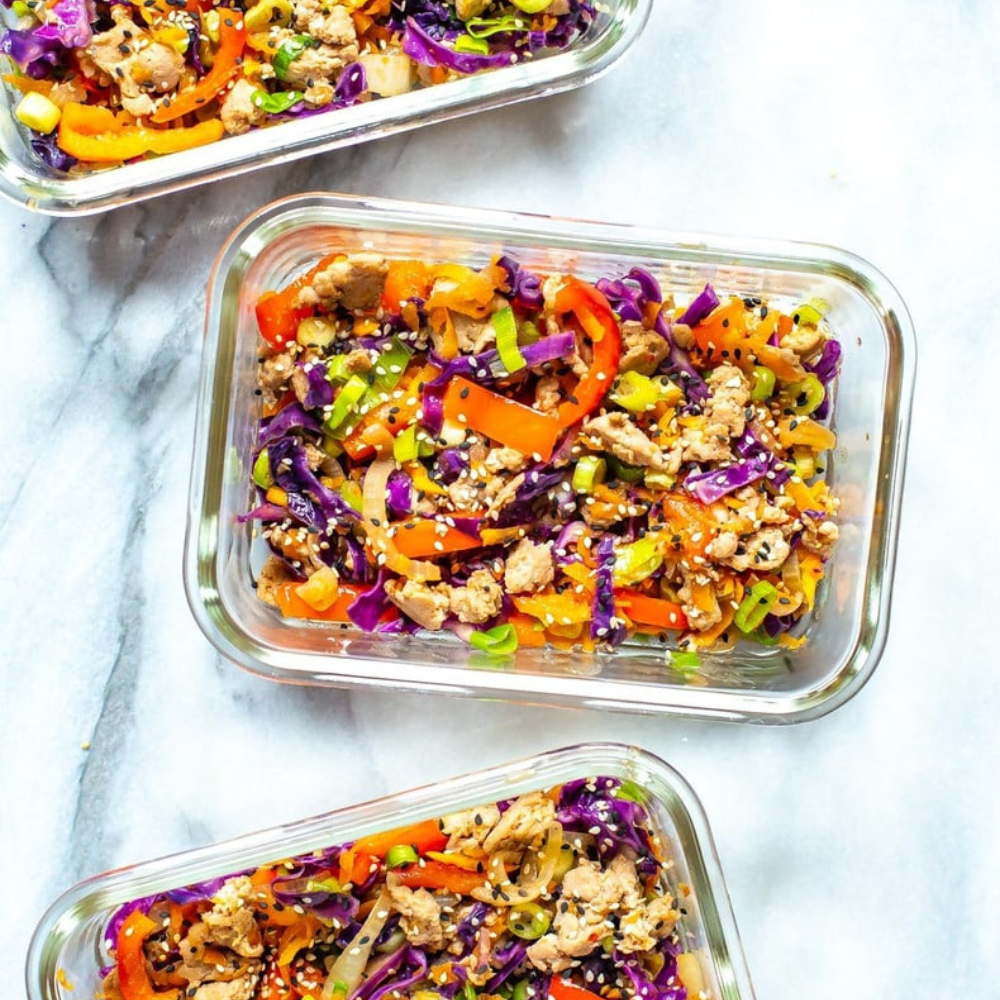
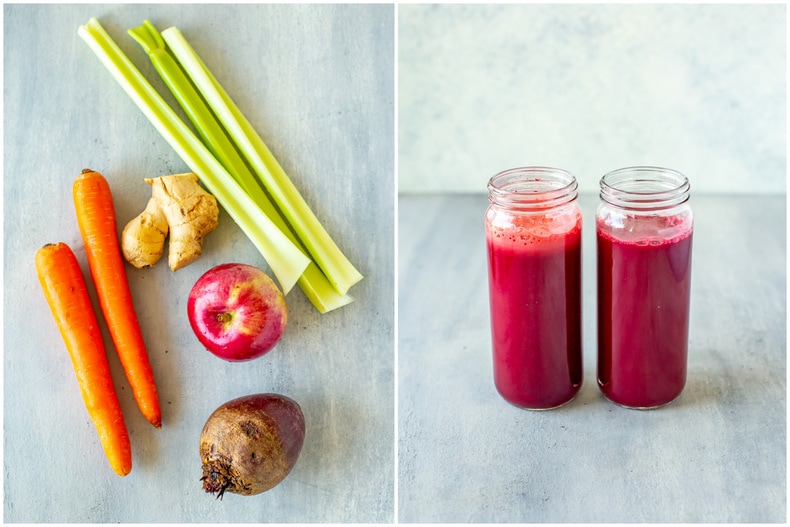
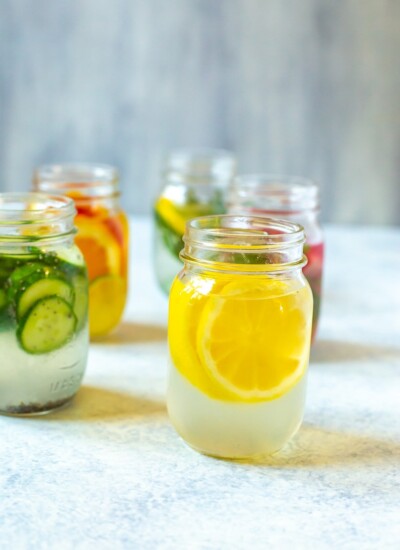

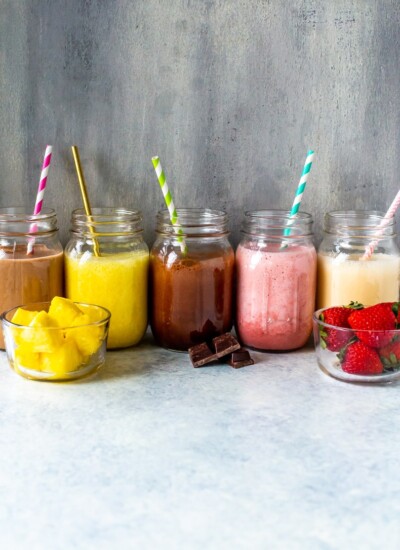
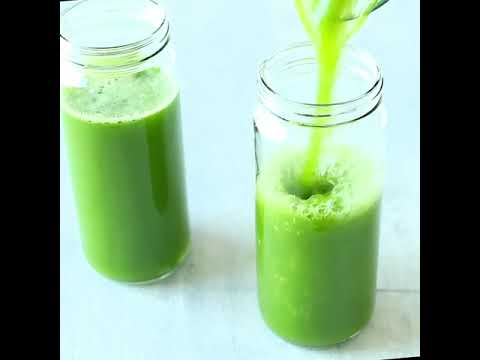


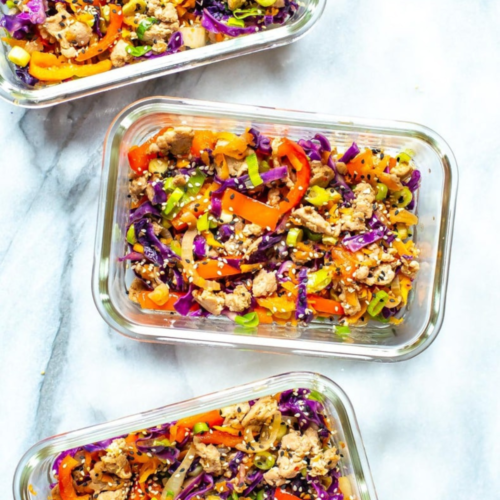
Comments & Reviews
Jay says
Added a little less ginger for the carrot juice and it was Yummy 🤤 not quite 5 stars tho 😉
Nancy Thomas says
Thank you.
Fedora Laguerre says
good love it